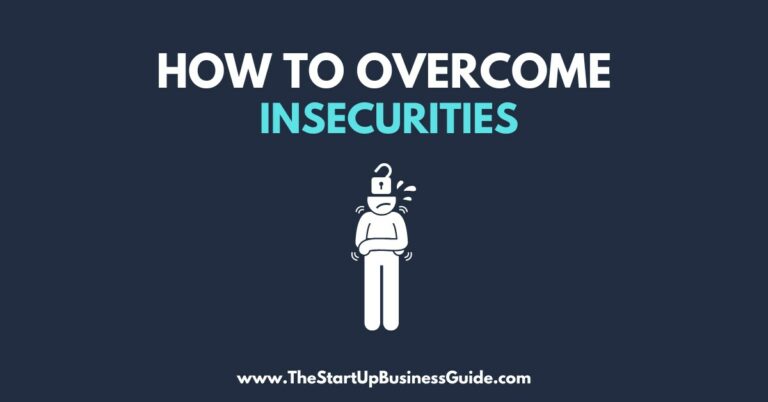How Many Hours is Full Time

Are you wondering what it means to be a full-time employee?
Full-time employment is when a person works at least 30-40 hours per week.
It’s important to know what full-time means because it can affect things like benefits and job security.
In this article, we’ll explain what full-time employment is and why it’s important.
Definition of Full-Time Employment
Full-time employment means working at least 30-40 hours per week.
However, the exact number of hours can vary by country, state, or industry.
For example, in the United States, the Fair Labor Standards Act (FLSA) doesn’t define full-time employment.
But, many companies consider someone to be full-time if they work at least 40 hours per week.
Some companies also offer part-time employees benefits, such as health insurance and retirement plans.
And, some employees may work fewer than 30-40 hours per week, but they are still considered full-time because they have the same benefits as someone who works more hours.
The Impact of Full-Time Hours on Workers
Full-time employment can have many benefits for workers, such as access to benefits and job security.
With full-time employment, workers are also more likely to have a steady income and can plan for the future.
However, full-time employment can also have some drawbacks. For example, working long hours can lead to stress and burnout.
It can also make it difficult to balance work and personal life.
The Impact of Full-Time Hours on Employers
Full-time employment can also benefit employers.
For example, full-time employees are usually more productive and have a lower turnover rate.
Employers also may save money on recruitment and training costs.
However, employers may also face some challenges when managing a full-time workforce.
For example, they may have to pay more in benefits and may have to deal with more complex labor laws.
Conclusion
Full-time employment means working at least 30-40 hours per week.
It can have many benefits for both workers and employers, but it can also have some drawbacks.
By understanding what full-time employment is and its impact, employees and employers can make informed decisions.
The best way to navigate the challenges of full-time hours is to communicate openly and frequently with each other.
Reference
- Fair Labor Standards Act (FLSA)
In general, Full-time is considered as working for at least 30-40 hours per week. But it may vary by country, state or industry.






